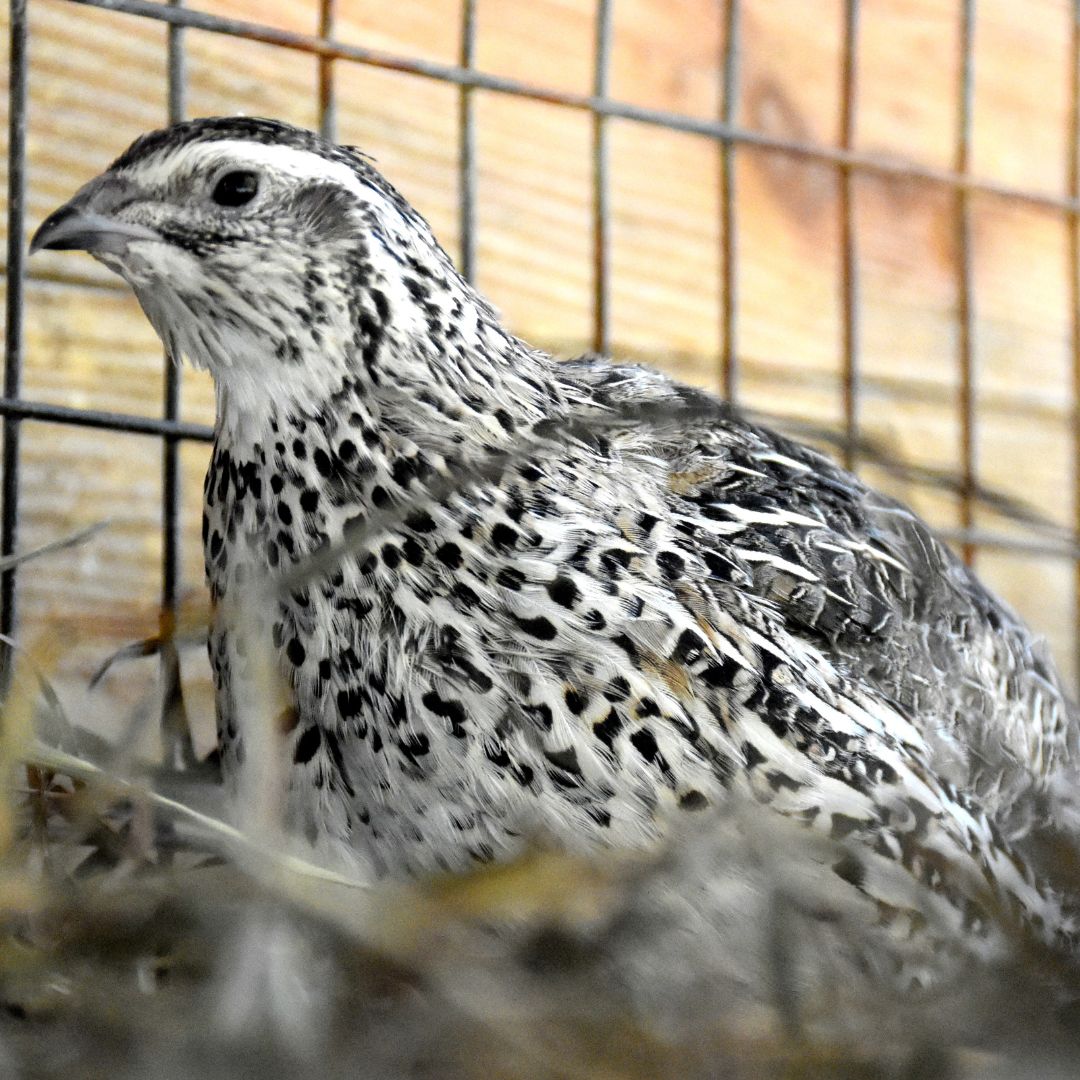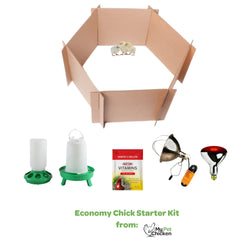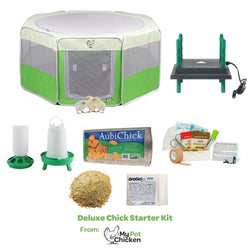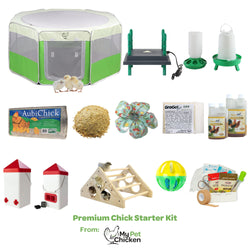How to Raise Quail.
Back to blog
Raising quail can be a rewarding and fascinating experience. These low-maintenance, compact birds are popular among backyard enthusiasts for their high egg production and unique characteristics. This guide provides essential information on successfully raising quail, whether for eggs or as charming pets.

Research Quail Breeds and Local Regulations
Before embarking on your quail-raising journey, it's important to research different quail breeds and choose the ones that best suit your purpose. Some common quail breeds include Coturnix (Japanese) quail, Bobwhite quail, and California quail.
Additionally, check local regulations or consult with your local agricultural extension office to ensure you comply with any restrictions or guidelines regarding quail ownership in your area.
In many jurisdictions, quail are considered Game Birds, and not Poultry, and therefore don't get regulated under the same rules.
Create Suitable Housing and Environment to Raise Quail
Quail require a well-designed housing setup that ensures their comfort, safety, and optimal health. Construct or repurpose a sturdy coop or cage that provides sufficient space for the quail to move around.
- Housing space requirements can be as little as 50 square inches per bird but we like to recommend up to 144 square inches per bird to give a little more room. Ensure the housing is secure from predators, well-ventilated, and easy to clean. Quail coops are safest when hung up off of the ground. Quail coops can even be housed inside a large enough chicken coop when hung up off of the floor.
- Regularly change the bedding, such as straw or pine shavings, inside the housing to maintain cleanliness. Additionally, create a nesting area using low, dark corners with soft bedding to encourage egg-laying behavior.
- You can offer them a nest box but we find that most quail prefer not to use them. Female quail will start laying eggs at 6-8 weeks old. Most quail are sesonal layers and will mostly lay in the spring or summer months.
- Quail can live on wire floors, but it's generally recommended to provide them with solid flooring or a combination of solid and wire flooring. The wire floor holes should be very small and secure, such as 1/4" wire mesh.
- The height of a quail coop should be 10 inches tall OR over 4 feet in height to provide sufficient headspace for the quails, prevent injury if startled, and allow them to move comfortably.
- Quail's ideal female to male ratio varies based on breed and goals of raising. However, as a general guideline, a commonly suggested ratio for most quail breeds is around 4 to 5 females per male. This ratio helps promote successful breeding and minimizes excessive mating-related stress on the females.
Provide Proper Feed and Water when Raising Quail
Quail have specific dietary needs to thrive. A balanced diet typically consists of high-quality commercial game bird feed, which can be supplemented with fresh greens, fruits, and insects.
After 4-5 weeks of age, feed your quail a 19-21% breeder or grower game bird feed in crumble or small pellet form.
Additionally, provide a constant supply of clean, fresh water to keep your quail hydrated. We recommend using a nipple waterer, a bantam size waterer for these small birds. If you are using a waterer dish, we recommend adding large pebbles to avoid them trying to bathe in the water. The pebble are also a great form of enrichement for your quail flock!
Manage Quail Health and Hygiene
Regularly monitor the health of your quail to prevent and address any potential issues promptly. Conduct visual inspections to check for signs of illness, such as changes in behavior, weight loss, or abnormal feathering. Consult a veterinarian experienced in avian care if you notice any concerning symptoms.
Quail love taking dust baths, be sure to provide them with an area either inside their coop or run to do so.
When raising quail, maintain good hygiene within the quail housing by cleaning the coop or cage regularly, removing waste, and replacing soiled bedding. This will help prevent the spread of diseases and parasites.











